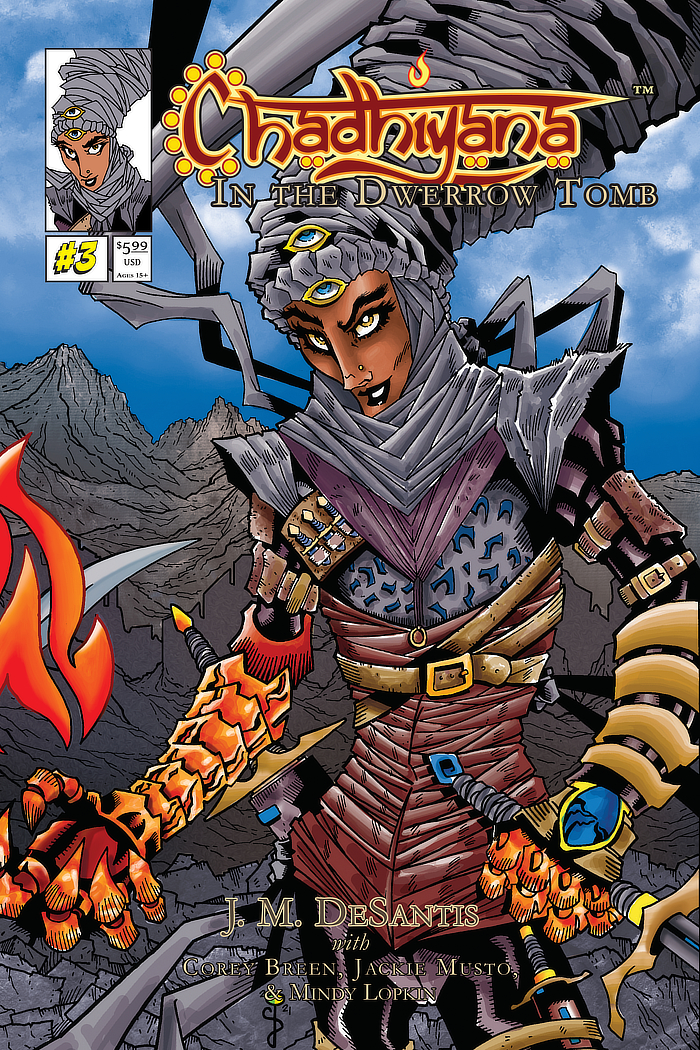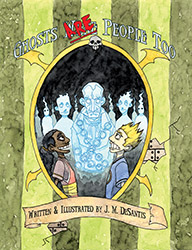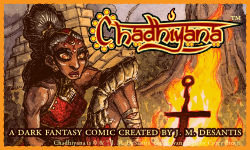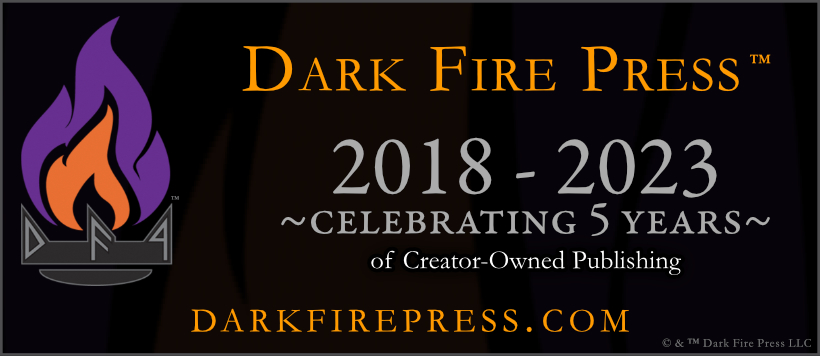Borne from the Soul: The Experience of Dark Souls and its Value to Creators (and Everyone, for that Matter)

What I think has drawn people to the Soulsborne series (affectionately named by its fans for the Dark Souls series, Demon’s Souls, and Bloodborne, collectively) and evolves to obsession for many of us, is the experience the games provide. Not the story. Not the gameplay. But the totality of all of the games’ collective parts.
For anyone who is not a gamer (or game designer, for that matter), I’ve heard it said that the highest point in the art of game design, the greatest achievement a game can make, is to seamlessly integrate all of its parts into a complete experience for the player. Like reading a book or watching a film, you never once want the game to feel disjointed, a part of it forced or out of place; the suspension of disbelief should never be broken. And having been a gamer all of my life, and speaking as someone with a bit of amateur experience and classes in game design, I can honestly say I have never played a game or series which has achieved this so (near) perfectly.
True it’s been said time and again that the Soulsborne games are not easy, and I don’t mean that strictly in the sense of how challenging the AI is. The story is not handed to you, the controls are unorthodox, even your path through the game is not clearly laid out. Now I think writing about the games in this way makes them unattractive to some people (and that would be the case, regardless), but I would argue that it is this “difficulty”, this lack of ease, which (in part) makes the experience so immersive. I would also argue herein lies part of the value of the games for creators, especially creators of invented worlds. And finally, I mean to argue that the Soulsborne games almost perfectly embody the idea of art imitating life.
In the context of the game, your character (which you create) is a nameless undead, with only as many memories of the past as you the player decide, but the character’s purpose now is what’s most important. You are thrown into an unfamiliar land (as both the character and the player), and you embark on a quest you really know nothing about. For there is no info dump to tell you the history of the world, no single character which can tell you what it is you are there to do. Only a short introductory scene in each game gives an overview of things which happened before, a little context and framework, save in Bloodborne where you begin right in the action, as it were. And so your character must search for meaning and answers about his or her existence and quest, just as you the player must search through item descriptions and character encounters to better understand the story.
Essentially, the experience of the player and the character are one in the same. The lines become blurred. That’s not to say you lose a complete sense of reality; however, you and your character are experiencing this quest together, rather than you playing as (or reading about or watching) a character who already knows the world so well. You’re not an outsider looking in, the player and character are both outsiders experiencing this journey together.
It’s heady shit, I know, but that’s what I love about the games so much (and if you’ve read some of my non-humourous work, you’ll know erudite storytelling is something I just absolutely love–the more dark and complex, the better). Though I feel I must clarify, one does not mindlessly run about in these games. There is always a sense of deeper meaning in everything you do and every character and item you encounter, and these all offer some context, however vague that may be. That I think is conveyed by the tight way these games were designed.
But therein lies the most interesting part about the Soulsborne games: despite how well-designed they are, they did not come together as such. Delving into the lore and game design you’ll find that (to get a bit technical) system files, unused dialogue and even character designs often hint at different intentions for certain bosses, items, characters and even whole locations as the game was developed (and for this and much of my Soulsborne knowledge, outside of my own experiences and findings, I have to thank VaatiVidya, Silver Mont, The Ashen Hollow, ParagonDS, and Sanadsk for their tireless efforts, research and entertaining YouTube videos on the Soulsborne games; not to mention how much easier they’ve made the long hours at the art table for years whilst I’ve listened to them; they are all worth a look or listen, even if you’ve not played the games).
This seeming disjointed way the games came together, I think, is actually how they were (in part) able to achieve the experience the games offer. I’m paraphrasing a lesson I learned in one of my game design classes, but games (because of their nature) are best designed if the story is built around the game mechanics or at least simultaneously. I think that’s precisely what happened in the development of the Soulsborne games and why they successfully achieve a seamless experience (Bloodborne, I think, is the best example of this, but I’ll have to save that for another time).
That all said, I believe the value of the Soulsborne series to creative-minded people is both in the tight way these games were ultimately designed and in aforementioned approach to the way the player experiences these games. The former lends itself to well-informed decisions you should be making in your own storytelling. The latter precisely reflects how a reader, viewer or player will experience your world–as an outsider, at first. And the best way to bring them into that world is not to explain away everything or give them everything upfront, but to allow them to experience the world so that they learn about it as they move through it. A seamless transition. An immersive (if not well-planned) experience.
After all, this is how we experience life. We don’t come out of the womb with knowledge of all things. We experience, we hear or see references made, we delve deeper, we learn more, we encounter, shift, train and persevere. But in the end, our experience is what we make of it, and such is the way the Soulsborne games are built.
But some of this will be better understood after reading the next two articles I mean to publish on the subject of storytelling and gameplay in the Soulsborne games. I’ll post those over the next two weeks (as March 28th approaches and the release of Dark Souls III: The Ringed City, the final DLC in the series), giving each topic individual attention despite their integrated nature in these games (and honestly, even for you non-gaming storytellers and creative folk, I would not pass over my gameplay article, as it will focus largely on the player’s experience and how that translates to storytelling).
Beyond that, I’m toying with the idea of writing further thoughts about the series (a few storytelling points I’d like to highlight and perhaps tackle the games individually for their strengths and weaknesses). But these three articles should cover the bulk of what I had proposed to write about a year ago.
So, until next time, and as we approach the end, may the flames guide your way.














Comments:
Amazing analysis and reflection. Nice read for this unique game series. Thanks Mr DeSantis